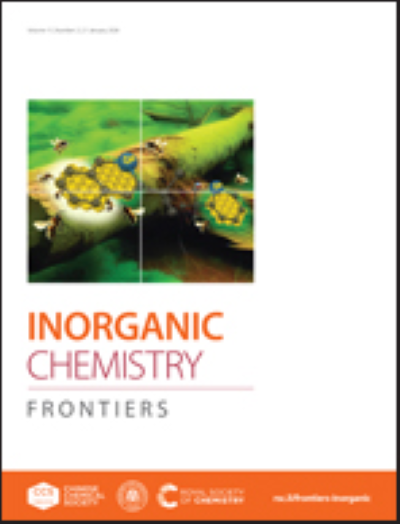Synthesis of Non-Precious Metal Complexes (Al, Mg, Zn) and Their Catalytic Application in Isocyanate Reduction
IF 6.1
1区 化学
Q1 CHEMISTRY, INORGANIC & NUCLEAR
引用次数: 0
Abstract
This study reports the synthesis and characterization of a series of non-precious metal complexes (C1–C7) and their application in the reduction of isocyanates. Notably, organoaluminium complex C5 effectively catalysed the hydroalkoxylation of isocyanates to urethane products with excellent yields under mild, base-free conditions, demonstrating significant potential in green chemistry. Additionally, organozinc complex C1 was highly efficient in catalyzing the hydroboration of isocyanates, affording formamides and N-methylamines. Mechanistic insights into both transformations were explored through stoichiometric experiments, and plausible catalytic pathways were proposed. This work provides an eco-friendly alternative to traditional precious metal catalysts, advancing sustainable synthetic methodologies in isocyanate reduction.求助全文
约1分钟内获得全文
求助全文
来源期刊

Inorganic Chemistry Frontiers
CHEMISTRY, INORGANIC & NUCLEAR-
CiteScore
10.40
自引率
7.10%
发文量
587
审稿时长
1.2 months
期刊介绍:
The international, high quality journal for interdisciplinary research between inorganic chemistry and related subjects
 求助内容:
求助内容: 应助结果提醒方式:
应助结果提醒方式:


